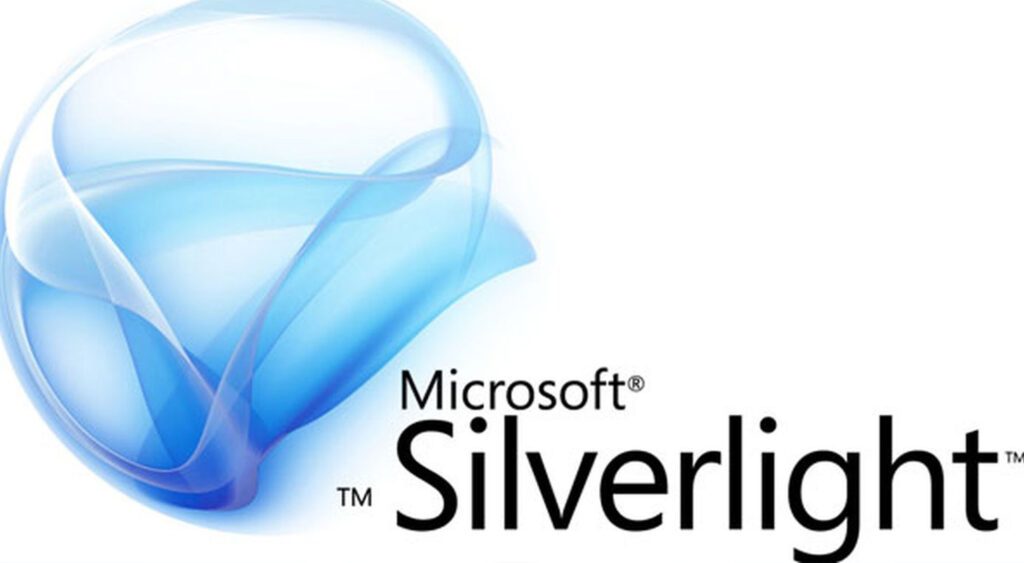
Microsoft Silverlight, often referred to as a Flash competitor, is a web application framework introduced by Microsoft in 2007. This technology aiming to empower developers to create rich, interactive web applications that can deliver multimedia, graphics, and animations, providing a more engaging and dynamic user experience. This article explores the rise and fall of Microsoft Silverlight and its impact on the world of web development.
The Birth of Silverlight
Microsoft Silverlight launched in a time when Adobe Flash is the dominant platform for building rich internet applications (RIAs). Microsoft saw an opportunity to create a competitor that would provide a robust alternative to Flash and enhance web-based multimedia and interactivity.
Key Features of Silverlight:
- Rich Multimedia: Silverlight enabled developers to integrate audio, video, and animation seamlessly into web applications. This is particularly appealing for media streaming and interactive content.
- XAML-Based UI: Silverlight using XAML (Extensible Application Markup Language) for designing user interfaces. This allowed developers to create visually appealing and interactive designs while maintaining a separation between design and code.
- Cross-Browser and Cross-Platform: Silverlight aimed to be cross-browser and cross-platform, making it accessible to a wide range of users.
- Integration with .NET: Developers could leverage their existing .NET skills to create Silverlight applications, making the technology attractive to those already familiar with Microsoft’s development ecosystem.
- Deep Integration with Visual Studio: Visual Studio offered a rich development environment for Silverlight applications, complete with debugging tools and code editors.
The Rise of Silverlight
Silverlight gained traction quickly, thanks to its promise of a rich, interactive user experience on the web. Several factors contributed to its rise:
- Media Streaming: Silverlight is a strong contender in the media streaming space, with support for adaptive streaming, digital rights management (DRM), and high-quality video playback.
- Out-of-Browser Experience: Silverlight allowing users to run web applications outside of the browser, providing a more desktop-like experience.
- Enterprise Applications: Silverlight found a niche in enterprise applications, offering a powerful platform for building line-of-business applications with rich user interfaces.
- Games and Entertainment: The platform is also popular for developing online games and interactive entertainment applications.
The Decline of Silverlight
Despite its early successes, Silverlight faced several challenges that contributed to its eventual decline:
- Rise of HTML5: The emergence of HTML5 as a web standard for multimedia and interactivity diminished the need for proprietary plugins like Silverlight.
- Mobile Limitations: Silverlight didn’t have a presence on mobile devices, a significant disadvantage as mobile web usage surged.
- Lack of Browser Support: The adoption of Silverlight is hindered by limited browser support, as it primarily worked with Internet Explorer and a few other browsers.
- End of Development: Microsoft announced the end of Silverlight development in 2012, signaling the end of its journey as a web application technology.
Conclusion
Microsoft Silverlight had a notable run in the world of web development, offering a compelling alternative to Adobe Flash for creating rich, interactive web applications. However, as technology evolved, and open standards like HTML5 gained prominence, Silverlight gradually lost relevance.
The legacy of Silverlight lives on in the lessons learned about the ever-changing web landscape. It reminds us of the importance of adaptability and the need to embrace open standards in web development. While Silverlight is no longer a dominant player, its contributions to the world of web technology continue to influence the design and development of rich internet applications.



